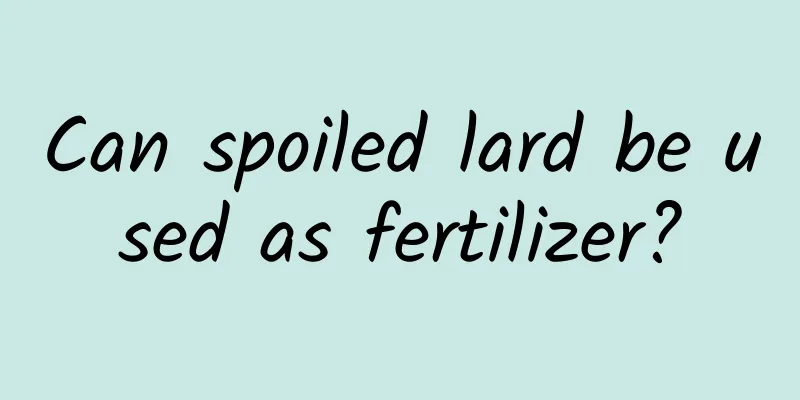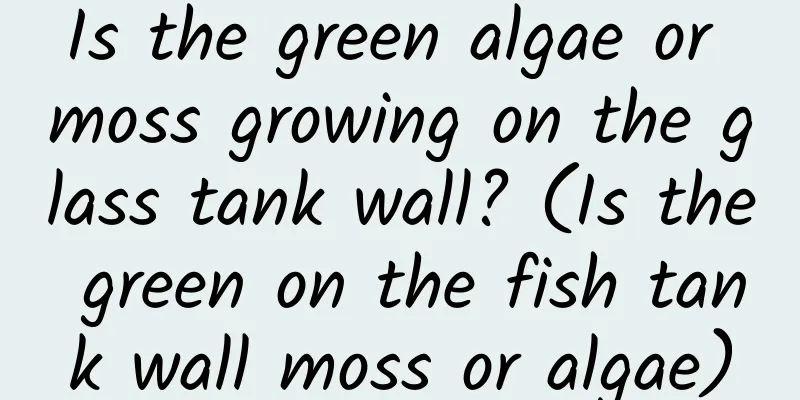The Complete Guide to Iron Diseases and Their Prevention in the Netherlands

Dutch iron disease 1: leaf spotDisease patternThe pathogens of leaf spot disease usually spend the winter living on diseased plant remains. They may spread and infect plants in greenhouses, fields, and home potted plants during rainy weather and water splashing. Their tiny size allows them to invade plants through wounds or stomata. In a high temperature and high humidity environment, the stomata of plants are enlarged, making them more susceptible to disease. symptomIn the early stage of the disease, the pathogen mostly invades from the leaf edges and tips. At first, it appears as small faded green spots that look like water stains. If the weather is dry, the disease will be more obvious at the junction of the diseased and healthy parts, appearing as concave dark-brown semicircular spots. It is more dangerous in a high temperature and high humidity environment, with obvious water stains and irregular leaf spots. As the number of lesions increases, the leaf tips will dry up, the entire leaf will become necrotic, and even bacterial pus may be seen. Prevention and treatment methods1. Eliminate diseased and damaged parts promptly and burn them in batches. 2. Enhance light and air permeability. The humidity in the greenhouse should not be too high. Avoid splashing when watering. It is best to water along the edge of the pot to reduce the chance of spreading infection. 3. After the disease is discovered, you should pay attention to spraying pesticides in the early stage. You can use 77% of the wettable powder of Copper Chloride and 1:500 solution of water, 800 times solution of 30% copper oxychloride suspension, 800 times solution of 47% of Carranon wettable powder, 4000 times solution of 72% agricultural streptomycin or mycobacterium sulfate soluble powder, etc. Dutch iron disease 2: AnthracnoseDisease patternThe germs spend the winter on diseased body remnants in a variety of ways. Initial and reinfection occur in the second year, during splash watering. After the lesions are formed, pathogens are continuously generated and reinfection continues, forming a vicious cycle of the disease. The disease is more likely to occur during hot and rainy seasons.symptomThe disease mainly infects the tips and edges of leaves, and the symptoms are roughly the same as leaf spot. In the early stages of the disease, the disease appears as moist brown spots, sometimes with pink mucus. After spreading, the spots appear as semicircular or oval, reddish purple or dark brown spots with light brown or gray in the center. After the onset of the disease, they will gradually expand, and brown ring-shaped spots will appear around them. The spots will gradually shrink and dry up. There are black particles on the spots. When the disease is severe, the entire leaf will turn yellow and wither. Prevention and treatment methods① Drain water in time to prevent moisture retention, apply organic fertilizer, and increase the amount of phosphorus and potassium fertilizers. ② Prune and remove diseased and damaged parts in time, and bury or burn them uniformly. ③When the bacteria infect the Dutch iron plant in large areas and cause it to become ill, it is necessary to spray pesticides. Spray with lime sulfur solution or suspension, 100% solution of basic copper sulfate (apply before the disease occurs), 100% solution of copper sulphate, 100% solution of agricultural water-resistant agent, or 100% solution of Amisida suspension, 100% solution of thiophanate-copper. |
<<: Begonia Diseases and Prevention
>>: Diseases and Pests of Silk Flower and Their Control
Recommend
The Feng Shui Effect of Phalaenopsis
Phalaenopsis is a plant belonging to the element ...
Difference Between Agave and Aloe Vera
leaf The leaves of agave are a bit similar to tho...
Cucumber management method whole process
Cucumber , as a vegetable that likes warmth, has ...
When is the best time to plant sesame?
Sesame seeds can start to germinate at a temperat...
What kind of soil is better for growing succulents? How to make your own
1. What kind of soil is better for growing succul...
Do figs like the sun or the shade? Do they like the sun or the shade?
Do figs prefer shade or sun? Figs taste sweet, ha...
When should leeks stop being harvested during the winter? When should they be harvested in the north?
1. When should you not cut? Generally, leeks are ...
How to plant passion fruit seeds and how to raise seedlings
1. How to plant passion fruit seeds 1. Prepare se...
Is the fiddle-leaf fig suitable for a deep or shallow pot?
Use a deep or shallow pot for fiddle-leaf fig It ...
How to prune the fragrant vine and how to prune it to the tip when it blooms
Pruning time of vine There are two main time peri...
When and how to repot cymbidium orchids
Cymbidium orchid repotting time It is recommended...
How often should I water the soil-grown lucky bamboo?
1. How often should you water it? There is curren...
What is water spinach?
What is water spinach? Water spinach belongs to t...
Can Anthurium leaves be rubbed with beer?
1. Can it be used? The leaves of Anthurium can be...
The efficacy and function of smilax glabra
Flavor of Herba Codonopsis The taste of the herb ...









